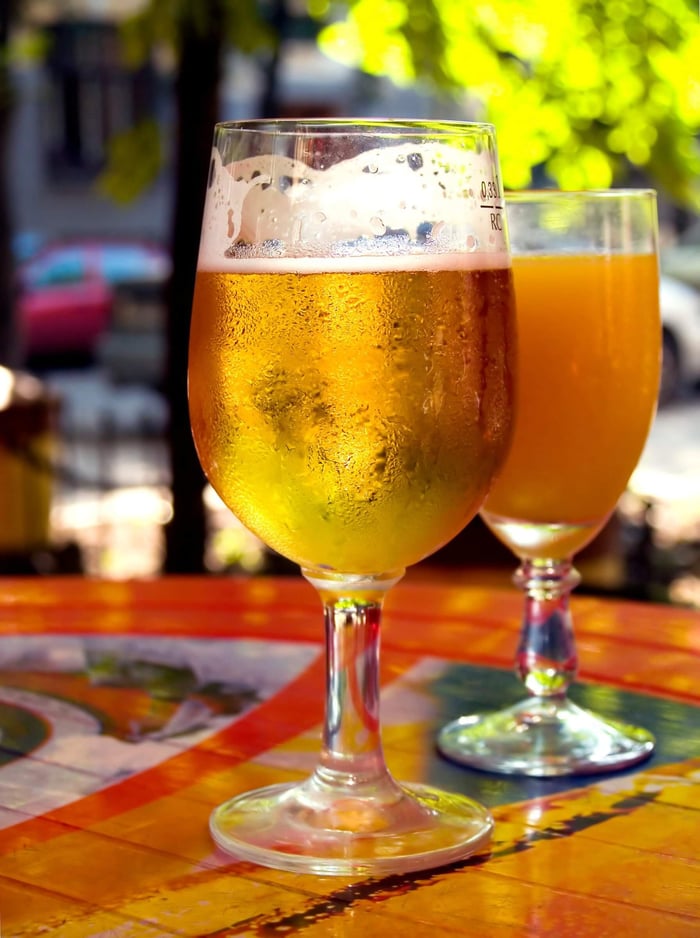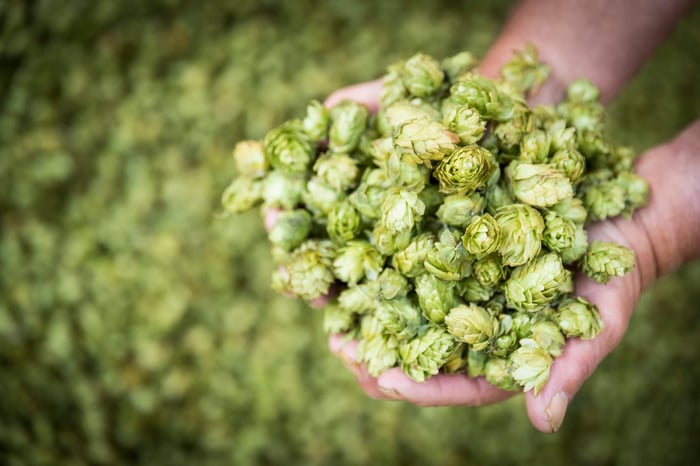Kiwi home brewers are getting serious about their craft, and step mashing is one technique that's separating the weekend tinkerers from the genuine brewing enthusiasts. If you've been sticking to single-temperature mashing and wondering how to push your beers to the next level, this might be exactly what you're looking for.
Step mashing involves systematically raising your mash temperature through specific stages, each designed to activate different enzymes that influence your beer's final character. It's like having multiple brewing conversations with your grain bill rather than just one extended chat.
Breaking Down the Science
The magic happens because different enzymes have preferred working temperatures. When you hit these sweet spots, you're essentially telling specific enzymes, "Right, your turn to shine." The clever part is that enzymes don't just stop working when you move to the next temperature—they gradually wind down, creating overlapping activity that adds complexity to your wort.
This isn't about showing off your brewing knowledge (though that's a bonus). It's about having more control over your final beer characteristics. Want a bone-dry lager? Step mashing can get you there. Need more body in your porter? There's a temperature programme for that too.
Temperature Stages Worth Understanding
35-45°C | Acid and Beta-Glucan Rest This low-temperature start serves two purposes. Historically, it was about naturally acidifying the mash, but modern water chemistry makes this less critical. What remains valuable is the beta-glucan breakdown, particularly important if you're using wheat or oats.
New Zealand craft brewing often embraces adjuncts like oats in IPAs or wheat in session ales. An acid rest (45-60 minutes) prevents the sticky, slow lautering that these ingredients can cause. It's insurance against a frustrating brew day.
43-45°C | Ferulic Acid Rest This narrow temperature window releases ferulic acid, which specific yeast strains convert into phenolic compounds that create spicy, clove-like flavours. Essential for German wheat beers but also interesting for experimental New Zealand styles that play with European yeast character.
44-59°C | Protein Rest Here's where you need to be careful. Modern malting produces well-modified grains that don't require additional protein breakdown. In fact, this rest can reduce head retention and beer body—exactly what you don't want in most styles.
Only consider this step if you're dealing with unusual high-protein adjuncts or persistent haze issues that other methods haven't resolved.
61-71°C | Saccharification Rest This is your main event. Two key enzymes are at work:
- Beta-amylase (most active 60-63°C): Creates highly fermentable sugars for dry, crisp beers
- Alpha-amylase (most active 68-72°C): Produces longer sugar chains for body and sweetness
Real-World Applications
Let's say you're brewing a New Zealand Pilsner that needs to be refreshing but not thin. Start saccharification at 62°C for 30 minutes (high fermentability), then raise to 67°C for 30 minutes (some body development). This creates the clean, crisp character that makes Kiwi lagers so drinkable.
Or perhaps you're crafting a robust porter with flaked oats for mouthfeel. Begin with an acid rest at 42°C for 45 minutes to handle the beta-glucans, then move to 64°C for your main conversion. The result is smooth texture without extraction headaches.
Making It Work for You
The key insight here is that step mashing should serve your beer's goals, not your brewing ego. Don't step mash because it sounds impressive—do it because it helps create the beer you're actually trying to make.
New Zealand's innovative brewing scene provides perfect opportunities for these techniques. Whether you're recreating classic European styles with local ingredients or developing entirely new flavour profiles, step mashing gives you more tools in your brewing toolkit.
Modern brewing systems make step mashing accessible without the complications traditional brewers faced. Precise temperature control means you can focus on the science rather than fighting your equipment.
The bottom line? Step mashing represents another way to take your brewing seriously while still having fun with the process. It's about crafting beers with intention rather than hoping for the best. And in New Zealand's competitive home brewing environment, that attention to detail makes all the difference.
Grainfather Team










